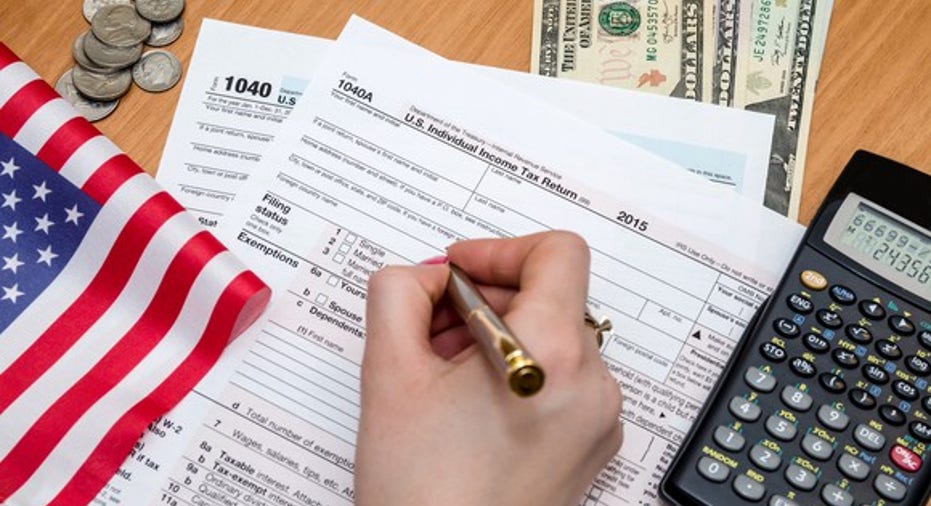How to Correct a Tax Return

Though filing your taxes electronically can reduce your likelihood of making an error, sometimes mistakes happen to the best of us. If you discover an error on your tax return after you submit it, worry not: You can amend a previously filed return and fix the mistake you made. In fact, correcting a tax return is easy. All you need to do is file Form 1040X (Amended Tax Return), along with any required supporting documentation, and you'll be well on your way to righting that wrong.
Filing an amended tax return
The actual process of correcting a tax return is pretty straightforward: Simply submit Form 1040X and include whatever additional documentation might be necessary to support your amendment. If, for example, you discover that you forgot to include income from a W-2 with your original filing, you can add in that income and attach the form to your amended tax return. Keep in mind that you don't necessarily have to submit all new forms for your entire return; you'll just need to address the areas that are impacted.
IMAGE SOURCE: GETTY IMAGES.
Now, the one drawback to filing an amended tax return is that you can't do so online. Rather, you'll need to haul over to the post office and submit the form by mail.
If your corrected return shows that you've underpaid your taxes and owe the IRS money, you'll need to include a check for that balance to avoid late-payment penalties. On the other hand, if you're due a refund as a result of your amendment, the IRS will issue you a check for what you're owed. Unfortunately, refunds that result from amended returns aren't issued via direct deposit.
You should also know that you generally have three years from the original filing deadline to submit an amended tax return. However, if you owe money, the sooner you pay your balance, the less of a late-payment penalty you'll accrue. Similarly, if you're due a refund, getting that return in sooner could get you paid sooner.
When to file an amended return
Not all mistakes require an amended return. You should, however, correct your tax return if any of the following circumstances apply to you:
- You forgot to include or report income from a tax form such as a W-2 or 1099
- You failed to claim the right deductions or credits
- You claimed the wrong deductions or credits
- You forgot to claim the right number of dependents
- You claimed dependents you shouldn't have claimed
- You need to change your tax filing status
Keep in mind that you typically don't need to file an amended tax return to correct math errors. The IRS will often make those adjustments for you and notify you of such. Furthermore, you should refrain from filing an amended tax return while your current return is still pending. Rather, wait until your return is accepted, and then submit an amendment.
Finally, if you're claiming an additional refund on your amended return, wait until you've received your original refund before submitting your amendment. Also be aware that amended returns take up to 12 weeks to process, so it may take some time to receive your money back. That said, you can still cash your original refund check while you're waiting for your extra cash.
We're all human, and sometimes even the most careful tax-filers among us make mistakes. If you discover an error on your tax return, don't panic. Correcting a tax return is easy, and if you act quickly, the repercussions should be minimal or non-existent.
The $16,122 Social Security bonus most retirees completely overlook If you're like most Americans, you're a few years (or more) behind on your retirement savings. But a handful of little-known "Social Security secrets" could help ensure a boost in your retirement income. For example: one easy trick could pay you as much as $16,122 more... each year! Once you learn how to maximize your Social Security benefits, we think you could retire confidently with the peace of mind we're all after.Simply click here to discover how to learn more about these strategies.
The Motley Fool has a disclosure policy.



















